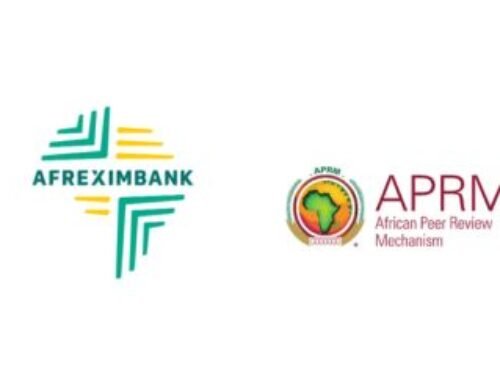
The global credit landscape in 2024 is marked by economic challenges, geopolitical uncertainties, and transformative innovations in credit rating methodologies. These factors have driven shifts in creditworthiness across countries, sectors, and institutions, providing a complex backdrop for the year’s credit environment.
Key Drivers of 2024’s Credit Landscape
- Global Economic Pressures:
- Persistently high interest rates have strained credit markets.
- A slowing U.S. economy, asset-quality deterioration, and heightened cross-asset risks are influencing global credit outlooks.
- Geopolitical Events:
- Russia-Ukraine Conflict:
- Russia’s sovereign rating has faced significant downgrades due to economic sanctions and prolonged conflict.
- Neighboring countries like Poland face pressure from regional instability and energy uncertainties.
- Emerging Markets at Risk:
- Countries such as Argentina, Turkey, and Lebanon are under scrutiny due to inflation, large foreign debts, and political instability.
- In contrast, economies like India and Vietnam have shown resilience through fiscal reforms and strategic positioning in global supply chains.
- Russia-Ukraine Conflict:
- Developed Economies Holding Steady:
- The U.S. retains high credit ratings, supported by its strong institutional frameworks and economic size.
- European economies like Germany, the U.K., and France maintain stable ratings amid global uncertainties, bolstered by institutional strength and fiscal management.
Evolving Trends in Credit Ratings
- Infusion of ESG Factors:
- A growing emphasis on climate-related risks has become integral to credit rating methodologies.
- The European Union exemplifies this trend, with credit stability driven by Green Deal policies and carbon reduction initiatives.
- Technological Advancements:
- Artificial Intelligence (AI), Big Data analytics, and Machine Learning are redefining credit quality assessments.
- These innovations are enabling faster, more accurate evaluations, marking a transformative leap for the credit rating industry.
Regional Highlights
- Emerging Markets:
- Latin America, Africa, and parts of Asia are experiencing increased downgrades due to economic instability.
- India stands out as a bright spot, leveraging fiscal reforms and robust growth to strengthen its credit profile.
- Developed Economies:
- Despite slowing growth, stable institutional frameworks help developed economies maintain favourable ratings.
In conclusion, the 2024 credit rating landscape reflects a complex interplay of economic pressures, geopolitical tensions, and innovations. While macroeconomic weaknesses continue to exert pressure, strong institutional frameworks, fiscal reforms, and the integration of ESG and AI into credit methodologies are reshaping the future of credit ratings.








Leave A Comment